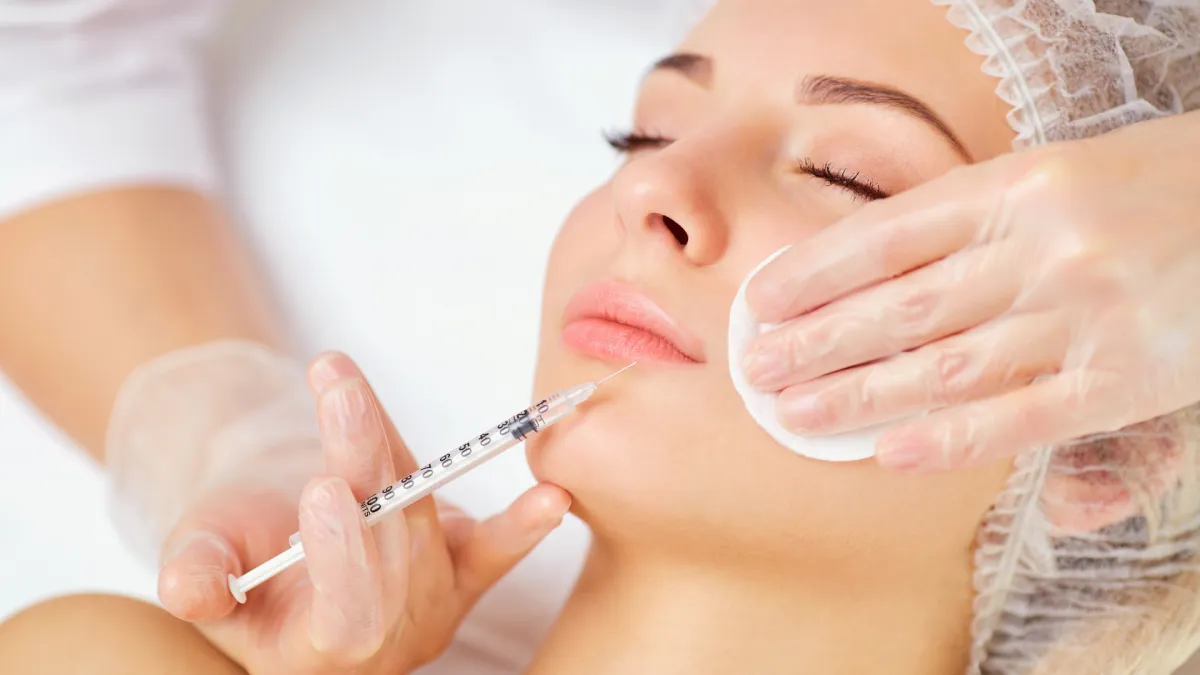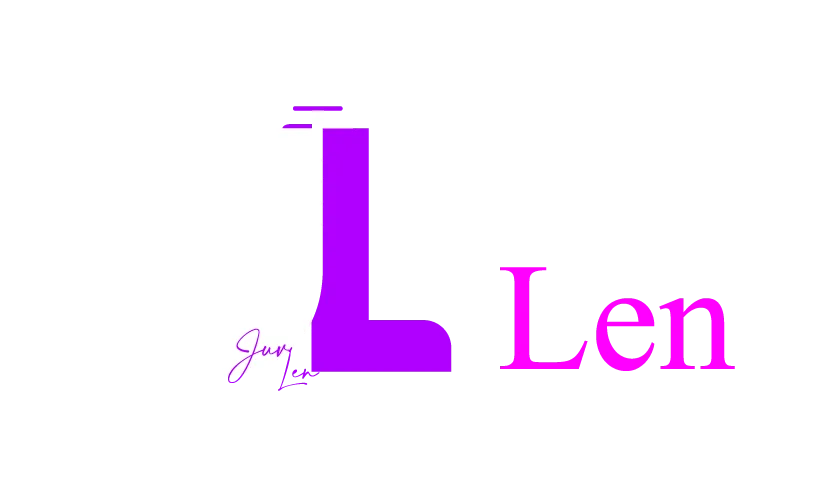Top 5 Filler Brands and How Much Do They Cost?
What Are Dermal Fillers?
Dermal fillers are injectable substances used to add volume, enhance facial contours, and soften lines. These products are commonly made of hyaluronic acid or other biocompatible materials. Treatments are typically quick, with effects that can last from several months to over a year depending on the formula and area treated.
Different brands offer varying consistencies, particle sizes, and lifting capacities—each tailored to specific facial needs.

1. Juvederm
Overview:
Juvederm is a hyaluronic acid-based filler known for its smooth consistency and versatility. It includes a family of products like Juvederm Voluma, Volift, and Volbella—each suited for different depths and areas.
Common Uses:
Cheeks
Lips
Nasolabial folds
Under-eye hollows
Estimated Cost (per 1 ml syringe):
$450 – $750
The price varies depending on the specific type used and the treatment complexity.
2. Restylane
Overview:
Restylane features a slightly firmer texture than some other fillers, making it a popular choice for structural support and contouring. It includes variations like Restylane Lyft, Kysse, and Defyne.
Common Uses:
Jawline
Chin
Lips
Small Lines
Estimated Cost (per 1 ml syringe):
$400 – $700
The formula selection influences both the longevity and pricing.
3. Teosyal
Overview:
Teosyal is a Swiss filler line with patented RHA (Resilient Hyaluronic Acid) technology designed to move naturally with facial expressions. It is often selected for its balance between flexibility and lift.
Common Uses:
Forehead lines
Perioral lines
Marionette lines
Neck and décolletage
These typically resolve within a few days to a week. Rare side effects like tissue damage or nerve injury are now more preventable with improved protocols and proper patient screening.
Who Is a Suitable Candidate for Lipolysis Injections?
This treatment may be suitable for individuals who:
Have localized fat deposits
Are not seeking full-body weight loss
Prefer non-surgical methods
Have realistic expectations about outcomes
It is not intended for those with obesity or for weight management purposes. Suitability is often determined by physical assessment and medical history review.
5. Radiesse
Overview:
Radiesse is not a hyaluronic acid filler. It’s made from calcium hydroxylapatite microspheres, providing more structure and stimulating collagen production over time. It’s often used for deeper lines and volumizing.
Common Uses:
Cheeks
Jawline
Hands
Deep Folds
Estimated Cost (per 1.5 ml syringe):
$700 – $950
Radiesse is sold in larger volume syringes than hyaluronic acid fillers, influencing the price point.
Comparing the Brands Side by Side
Brand
Base Material
Texture
Downtime Longevity
Average Cost (USD)
Juvederm
Hyaluronic Acid
Smooth
9–18 months
$450–$750
Restylane
Hyaluronic Acid
Firm
6–15 months
$400–$700
Teosyal
Resilient Hyaluronic Acid
Flexible
9–15 months
$450–$720
Belotero
Hyaluronic Acid
Soft
6–12 months
$380–$650
Radiesse
Calcium
Hydroxylapatite
Dense
12–24 months
$700–$950
Each brand has its strengths, and choice depends on the area, desired effect, and skin condition.
Factors That Affect Cost
1. Treatment Area Size:
Larger areas or those requiring structure (like the chin or cheeks) need more volume.
2. Type of Filler Used:
Advanced technologies or specialty products tend to cost more.
3. Injector Expertise:
Experience may influence pricing, as more advanced practitioners tend to charge more per session.
4. Touch-Up Sessions:
Some areas metabolize filler faster, requiring earlier re-treatment.
Duration of Results for Each Brand
Juvederm Voluma (cheeks):
18 months
Restylane Kysse (lips):
9–12 months
Teosyal RHA 4 (deep folds):
12 months
Belotero Balance (fine lines):
6–9 months
Radiesse (jawline):
18–24 months
Longevity varies by area and metabolic rate.
Needle vs Cannula Delivery
Fillers may be injected using:
Needles:
More precise but may cause bruising
Cannulas:
Blunt-tipped and designed to reduce trauma and swelling
Some brands adapt well to one or both methods depending on the thickness of the formula.
Popular Areas Treated in 2025
Most-requested zones include:
Chin contouring
Lip border enhancement
Non-surgical nose refinement
Temple hollows
Jawline sculpting
Fillers are increasingly used for small corrections and asymmetry adjustments.
Shelf Life and Storage Before Use
Dermal fillers are stored in sealed, sterile syringes and kept at controlled temperatures. Most are used immediately upon opening. Shelf life in the package is typically 1–2 years, but only unopened products are viable.
Once administered, filler does not stay stored in the body and is gradually broken down.
Final Thoughts on Choosing a Filler Brand
Each filler brand serves a specific purpose, from softening lines to creating volume or structure. Selecting the appropriate one depends on the goal of treatment and the characteristics of the skin and face.
Understanding the texture, ingredients, duration, and cost helps in making informed choices when it comes to facial contouring and volume restoration.
Location: Blk 2 Bukit Batok Street 24 #08-03 Skytech Building , Singapore Singapore 659480
Call 9788 6162
Email: [email protected]
Site: www.chrysalis.com.sg

Disclaimer:
Content and articles and this website do not represent the brands "Juvelook" or "Lenisna" and
is for informational purposes only and should not be considered medical advice. While we strive to provide accurate
and up-to-date information, all opinions expressed in our articles reflect the views of the authors and should not be taken
as professional medical guidance. Any factual claims are properly cited from reputable sources.
Readers are encouraged to consult qualified medical professionals before undergoing any aesthetic treatment.
